If Your Soapy Water Has Bubbles, You Used Too Much: A Chemistry Fact?
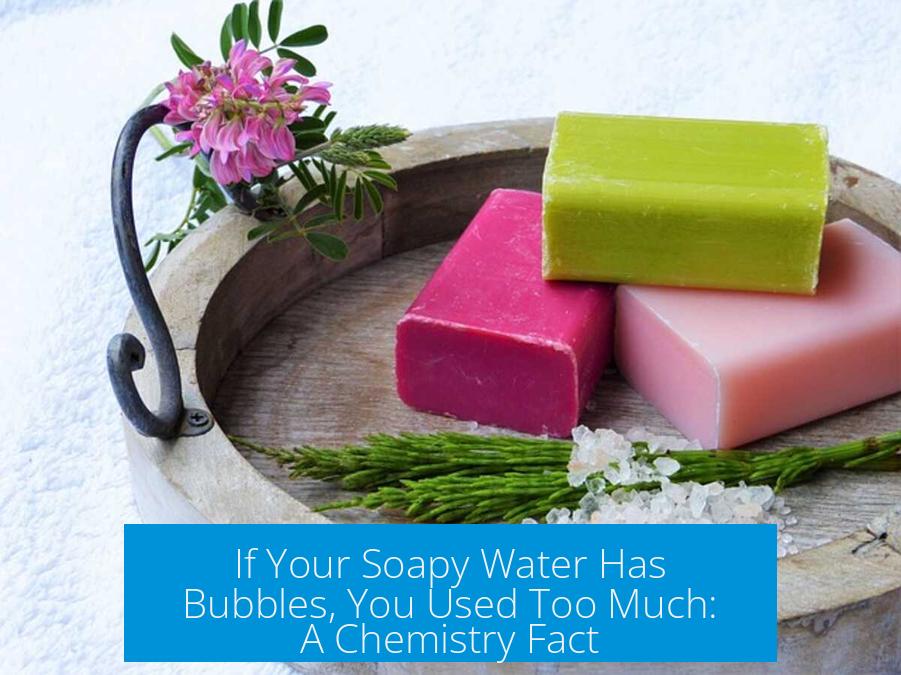
The idea that bubbles in soapy water mean too much soap is incorrect. Bubbles result from the chemical action of surfactants lowering water’s surface tension. This action occurs naturally below a key concentration level called the critical micelle concentration (CMC). Bubbles indicate proper surfactant activity needed for effective cleaning, not soap excess.
Understanding Soap and Surfactants
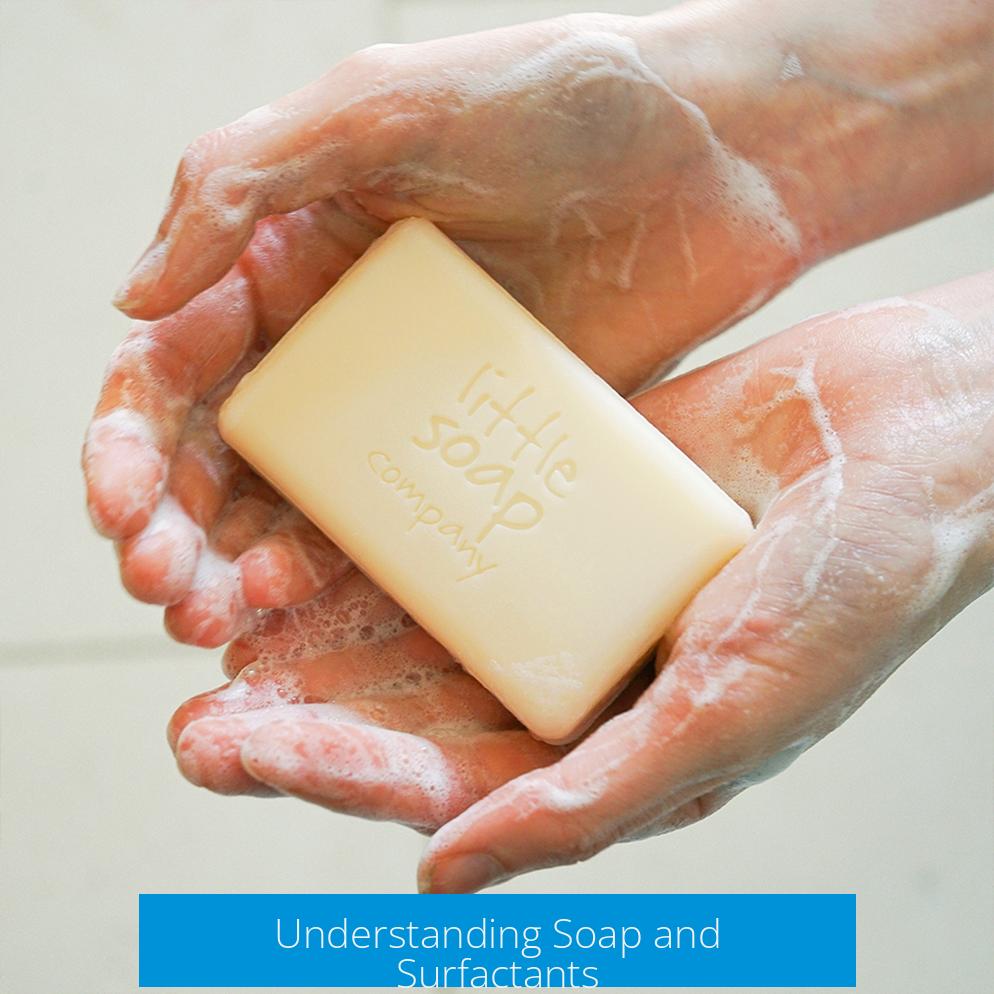
Soap belongs to a class of chemicals called surfactants. These molecules have a hydrophobic (water-repelling) tail and a hydrophilic (water-attracting) head. When added to water, surfactants arrange themselves at the surface, lowering surface tension. This reduction helps create bubbles and foam.
Foam formation starts at low to moderate soap concentrations. Contrary to popular belief, more bubbles do not instantly mean too much soap. Instead, they show that surfactants actively affect the water’s surface.
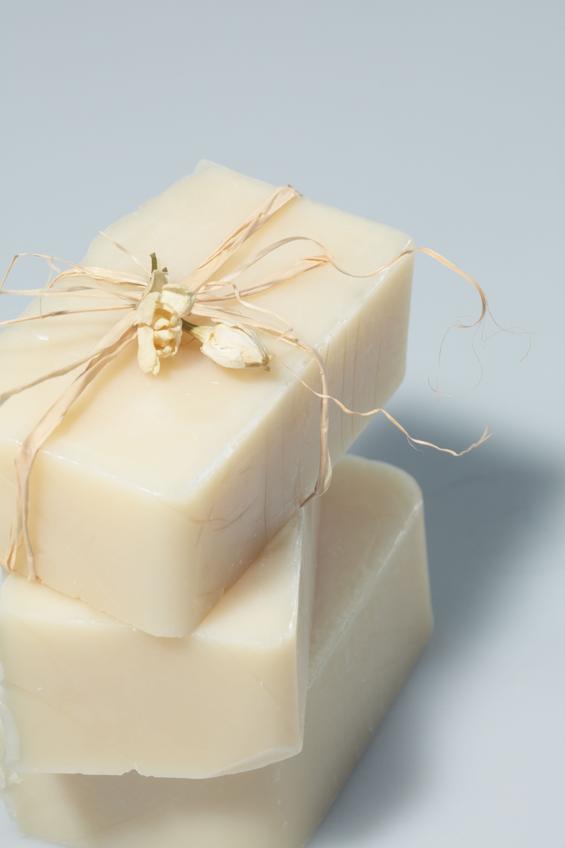
The Role of Critical Micelle Concentration (CMC)
Soap’s effectiveness is closely linked to a specific concentration threshold called the critical micelle concentration (CMC). The CMC is the minimum concentration of surfactants at which molecules start forming micelles—tiny spherical clusters that trap oils and grease.
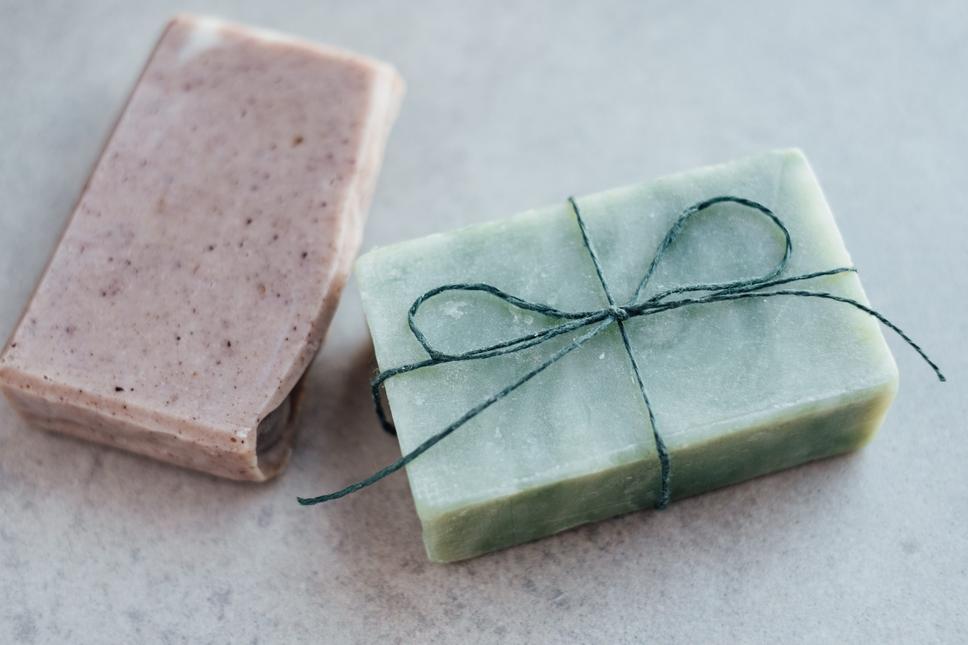
| Concentration | Surfactant Behavior | Cleaning Effect |
|---|---|---|
| Below CMC | Surfactants adsorb at surface, lower tension | Limited cleaning, foam forms easily |
| At or Above CMC | Micelles form in bulk solution | Effective emulsification of oils and grease |
Before reaching the CMC, surfactants adhere to water’s surface, decreasing surface tension and promoting bubble formation with agitation. When surfactants reach the CMC, micelles form, capturing oily residues for cleaning. Foam and bubbles are natural during this process.
Why Do Bubbles Form in Soapy Water?
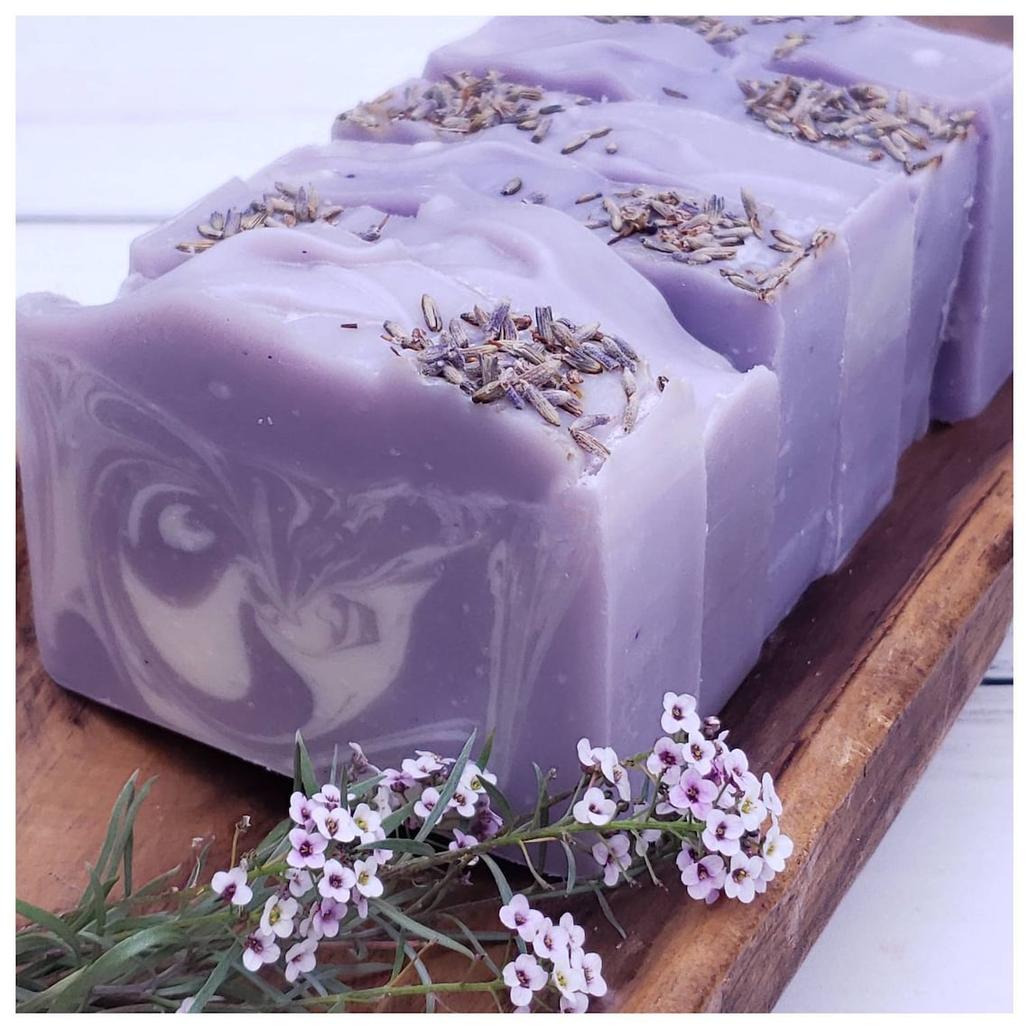
Bubbles form because surfactant molecules align at the air-water interface, stabilizing air pockets against collapse. Water alone has high surface tension and resists bubble formation. Surfactants reduce this tension, allowing bubbles to form during stirring or shaking.
This behavior is expected, not a sign of excess soap. Bubbles signal that surfactants are present and active. Without sufficient surfactants, soap water produces few bubbles, and cleaning is ineffective.
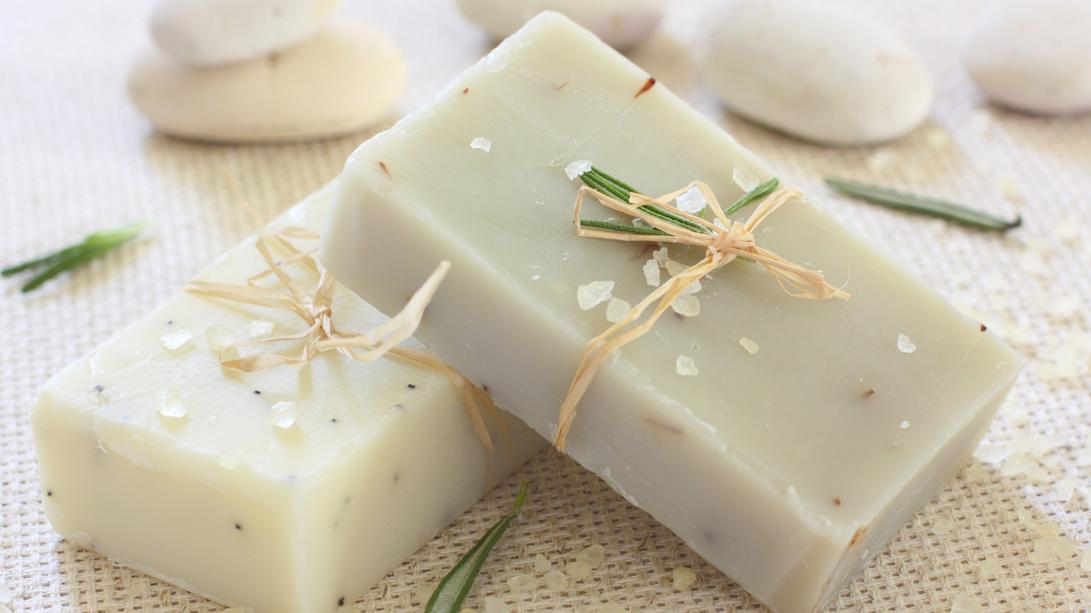
Soap Dosage in Real-Life Applications
In practical contexts such as washing dishes, soap requirements differ from idealized scenarios. Dirty water contains grease and oils, demanding more soap to reach or maintain micelle concentrations. Adding extra soap ensures more effective emulsification of grease.

- Surfactants bind to dirt and oils, emulsifying them for rinsing.
- More grease requires more surfactants to maintain CMC and cleaning action.
- Commercial soaps are designed to produce foamy lathers that consumers expect.
Hence, a foamy lather is normal and desirable during cleaning. It shows surfactants are performing their function, ensuring oils are emulsified and washed away.
Misconceptions About Soap and Bubbles
The claim “If your soapy water has bubbles you used too much” stems from misunderstanding surfactant chemistry. The presence of foam does not equate to excessive soap usage but reflects that surfactants are active.
Using too little soap prevents reaching the CMC, causing poor emulsification and cleaning. Below the CMC, surfactants cannot properly trap oily residues. Lack of bubbles in cleaning water often means ineffective detergent concentration.
Hence, relying on bubbles as a sign to reduce soap is misleading. Instead, bubbles indicate the soap concentration is sufficient to clean effectively.
Summary of Key Points
- Bubbles form in soapy water because surfactants reduce surface tension and stabilize air pockets.
- The critical micelle concentration (CMC) is the threshold where surfactants form micelles, essential for cleaning.
- Bubbles appear naturally before and at the CMC and indicate surfactant activity, not excessive soap.
- In practical cleaning, especially with grease, more soap may be needed to achieve effective micelle formation.
- Using too little soap results in poor cleaning; bubbles actually confirm sufficient surfactant presence.
- The statement “bubbles mean too much soap” is a misconception and contradicts surfactant chemistry.
“If Your Soapy Water Has Bubbles, You Used Too Much”? Let’s Bust That Chemistry Myth!
Raise your hand if you’ve heard this gem before: “If your soapy water has bubbles, you used too much soap.” Seems simple, right? After all, bubbles look like soap might be overdoing it. But, surprise! This catchy saying is actually backwards—a chemistry fact flips it on its head.
How? Let’s dive into the science of soap, surfactants, and bubble formation. Spoiler: bubbles aren’t just eye candy; they’re chemistry’s way of letting you know your soap is doing its job.
Surfactants: The Soap Superheroes Lowering Surface Tension
Surfactants are like tiny agents that reduce water’s natural stubbornness to spread out—what scientists call surface tension. When you add soap to water, surfactants rush to the water’s surface and lower this tension. The effect? Soap molecules arrange themselves in a way that favors bubble formation.
So those bubbles you see aren’t “too much soap.” They signal surfactants at work. In fact, bubbles form before the soap concentration even hits a crucial chemical milestone. They’re an early indicator your soap-water mix is heading in the right direction.
Meet the Critical Micelle Concentration (CMC): Chemistry’s Threshold for Cleaning
Here’s the superstar in the room: the Critical Micelle Concentration or CMC. What’s that? It’s the magic soap concentration level at which individual soap molecules team up into groups called micelles.
Micelles aren’t just clumps; they’re the functional units that clean by trapping grease and oils—stuff water can’t shake off on its own. Before reaching the CMC, the surfactants lower surface tension dramatically, making bubbling easier. Bubbles show surfactants are “settling in,” but the real cleaning power flows once micelles form.
And guess what? You need those bubbles and foam to know you’re near or at CMC and ready to tackle grime.
So, Why the ‘Too Much Soap’ Myth? Reality in Your Dishwashing Pit
In real life, soap use isn’t a neat line drawn in suds. When washing dishes or clothes, you add dirt, grease, and grime to your soap water. Naturally, you’ll need enough soap to fight this mess.
Commercial detergents cleverly strike a balance. They’re formulated to produce the foam levels most users expect. That soapy froth meets customer satisfaction and delivers effective cleaning. So the foam you see likely matches an optimal soap amount, not an overuse problem.
Practical advice? Use enough detergent to achieve a foamy lather and leave it at that. Don’t fret if you see bubbles—they’re part of the cleaning dance.
Bubbles Are Proof, Not Waste
Think about it: if too many bubbles meant too much soap, how come cleaning fails when you skimp on soap? That’s because the cleaning magic starts only after reaching that CMC level. Too little soap, no micelles, no grease removal.
So next time you spot bubbles, consider them a good sign that surfactants are doing their job. They’re like the soap’s cheering section, letting you know “Game on!” to tackle those oily residues.
Practical Tips for Mastering Soap Dosage
- Don’t fear the bubbles—they indicate active surfactants.
- Use enough detergent to get a foamy lather; adjust for dirt level.
- Commercial soaps are optimized—stick with recommended amounts.
- If your suds vanish too fast in greasy water, add a bit more soap.
- Too little soap wastes cleaning power; too much soap rarely harms, but excess can cause residue buildup.
Final Thoughts: Chemistry Beats Old Wives’ Tales
Bubble-riddled soapy water is not your enemy. It’s chemistry’s way of signaling a proper soap concentration that’s gearing up for effective cleaning. The idea that bubbles mean “too much soap” is a myth, debunked by surfactants’ real behavior and the critical micelle concentration phenomenon.
So next time you see bubbles, smile. Your soap is working hard, bending the rules of water’s surface tension and getting ready to emulsify that stubborn grease. Remember: in the battle of cleaning, bubbles stand on the frontline—not as waste, but as warriors!
Does the presence of bubbles in soapy water mean I used too much soap?
No. Bubbles form because surfactants reduce water’s surface tension before reaching a point called the critical micelle concentration (CMC). This means bubbles appear naturally and do not indicate excess soap.
What is critical micelle concentration (CMC) and why does it matter?
CMC is the minimum soap concentration where molecules form micelles. Micelles trap oils and dirt for cleaning. You usually see bubbles when approaching or passing this concentration. Bubble formation shows soap is active.
Can using too little soap cause cleaning problems?
Yes. If soap concentration is below the CMC, micelles don’t form well and cleaning is ineffective. Without enough soap, you won’t see enough bubbles or get proper emulsification of greasy residues.
Should I worry if my dish soap produces a lot of foam?
Not really. Commercial soaps are designed to foam well because that shows surfactants are working. When washing dishes that add grease and dirt, more soap is needed to maintain cleaning effectiveness.
Is the idea “bubbles mean too much soap” a chemistry fact?
No. That’s a myth. Bubbles are a natural chemical effect of how surfactants work and signal soap is reaching the right level for cleaning, not that soap is being overused.


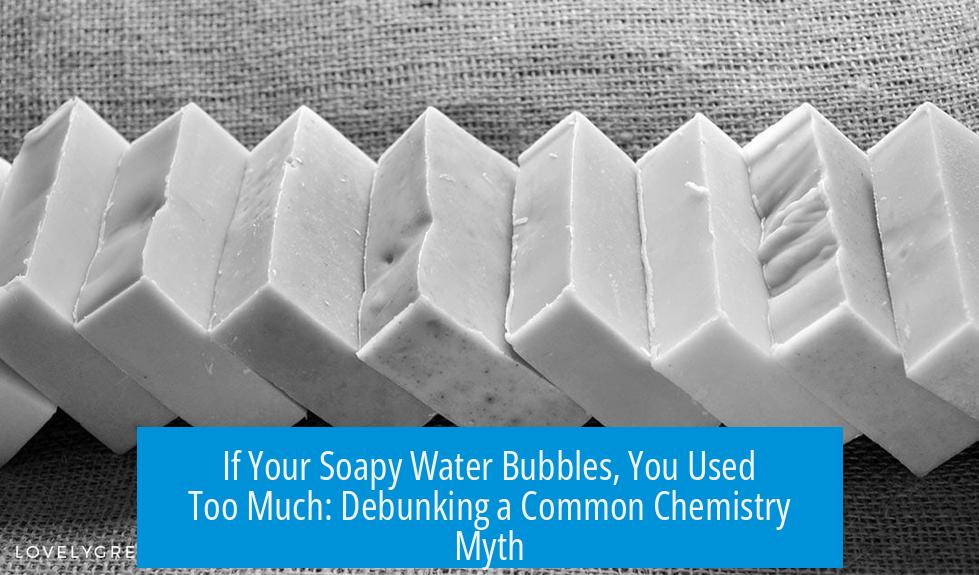
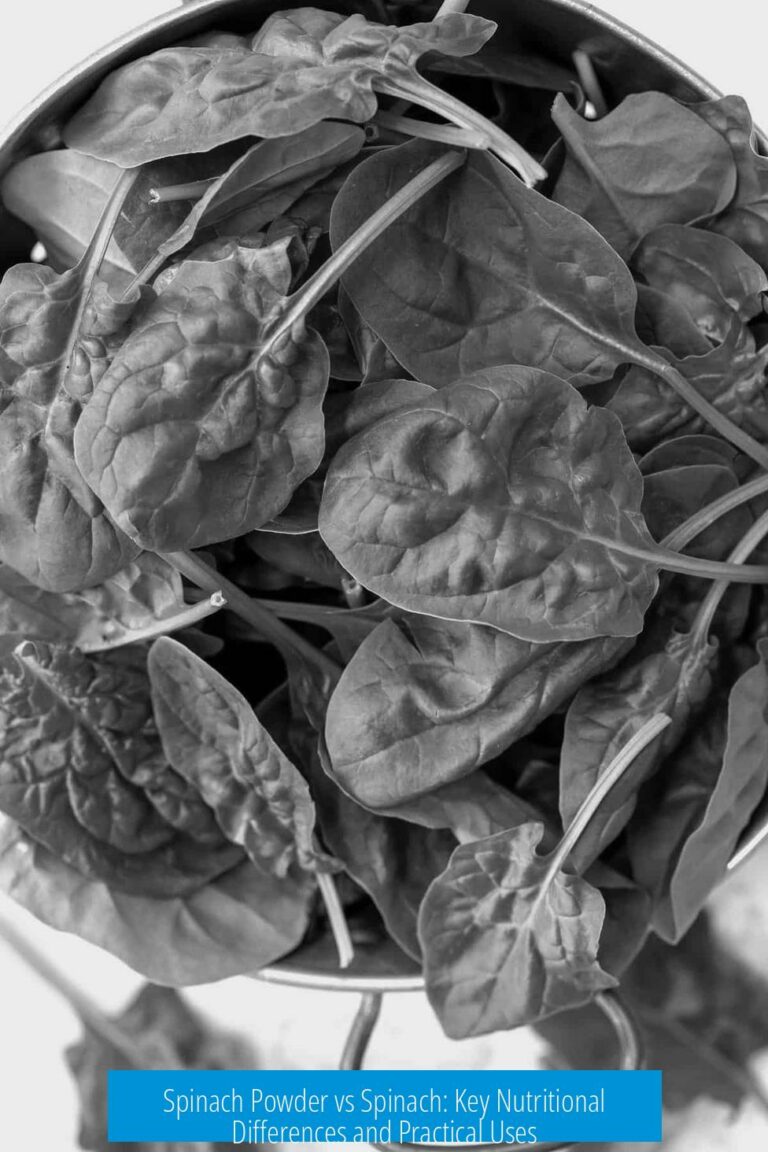
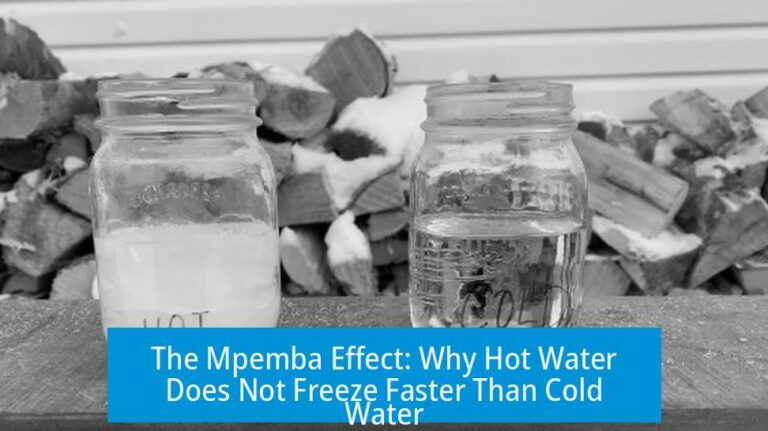
Leave a Comment